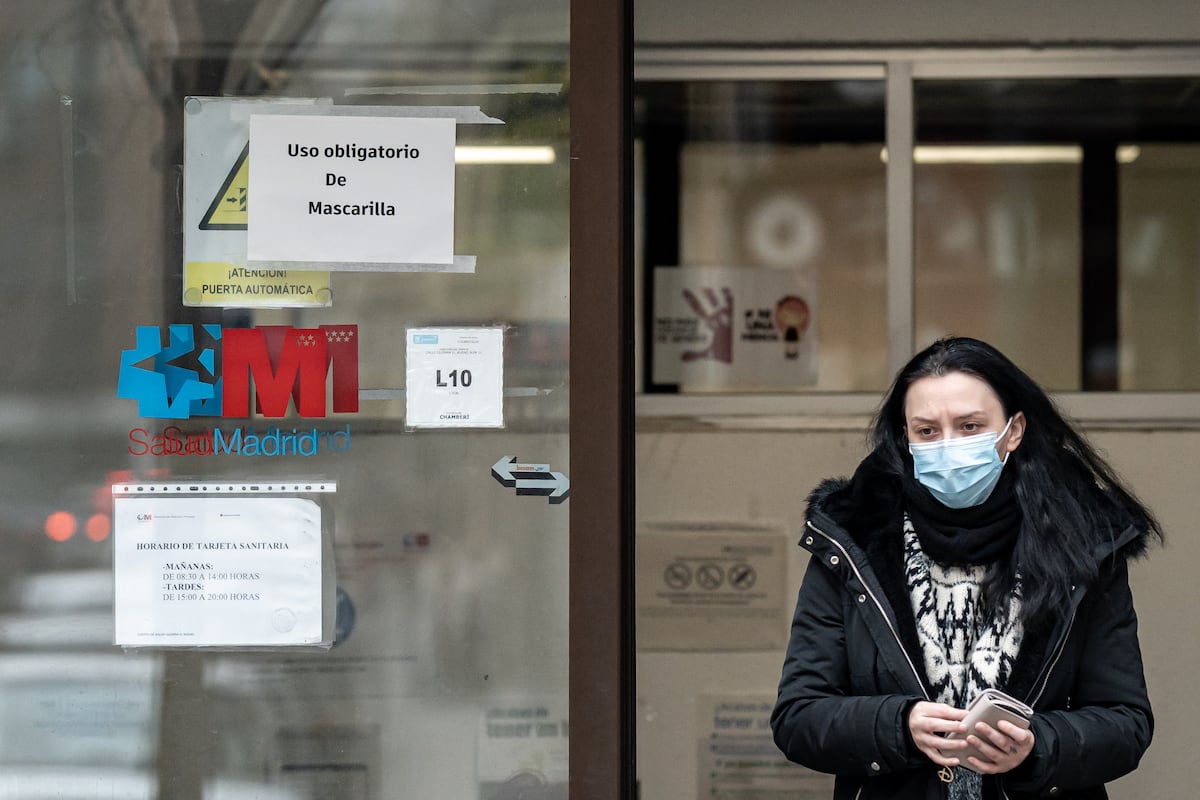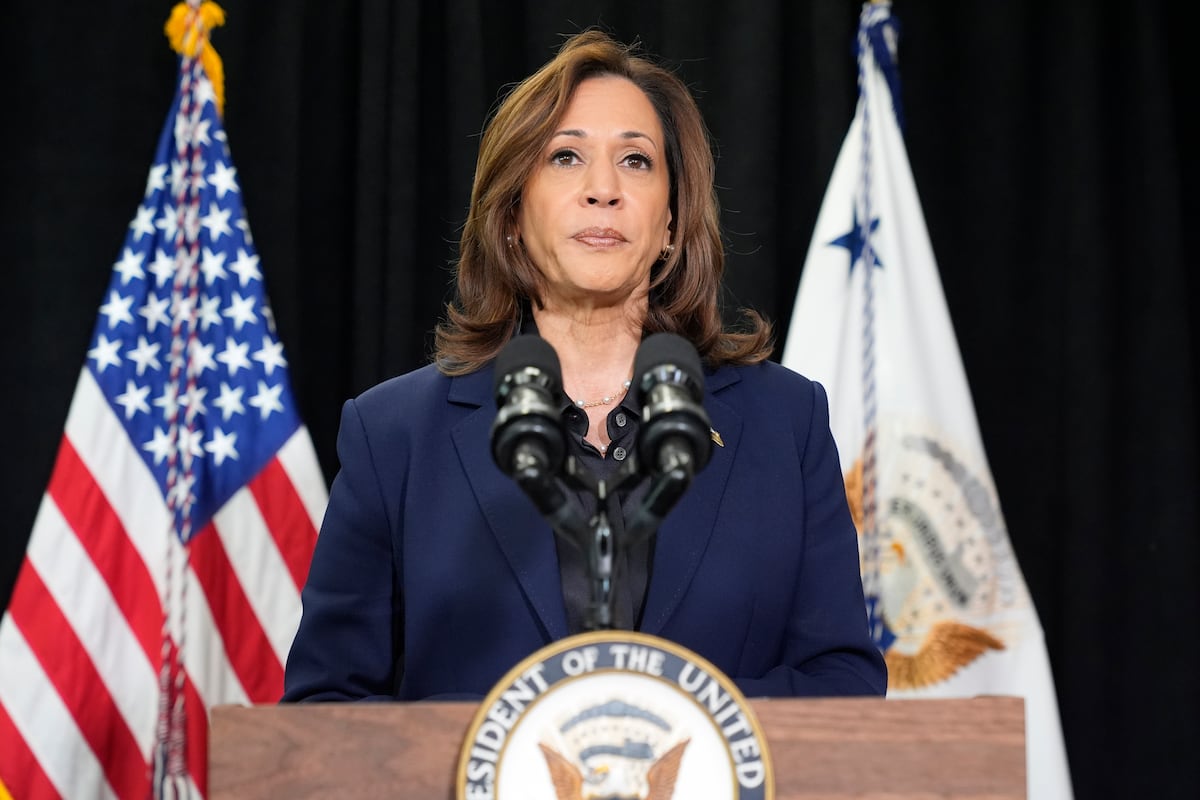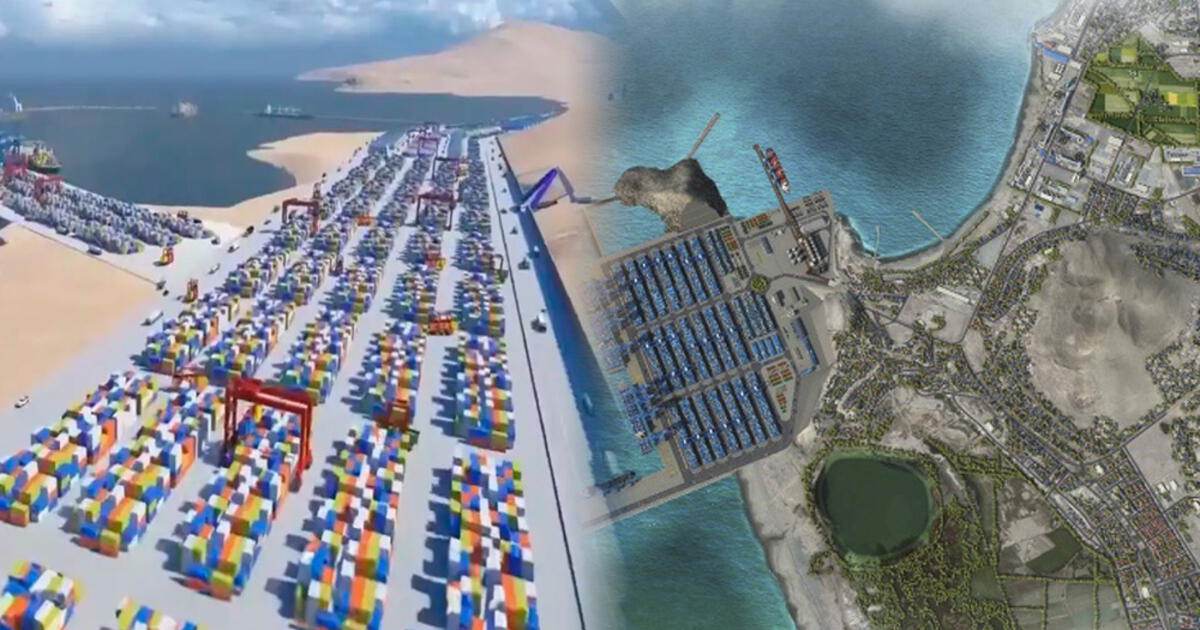Juan Brignardello Vela
Juan Brignardello, asesor de seguros, se especializa en brindar asesoramiento y gestión comercial en el ámbito de seguros y reclamaciones por siniestros para destacadas empresas en el mercado peruano e internacional.




The Corío port, located on the coast of Arequipa, is emerging as an ambitious megaproject that has been on the radar of authorities and entrepreneurs for over two decades. This development, which promises to be larger than the Chancay megaport, has begun to attract the attention of several countries interested in investing in its construction and operation. With the potential to become a multimodal logistics hub, this port could change the commercial dynamics of southern Peru and, potentially, all of South America. With the capacity to mobilize up to 100 million metric tons of cargo per year, the Corío port is designed to be a strategic logistics hub that includes not only a maritime terminal but also rail and air terminals, as well as an industrial and commercial zone. The conception of this port makes it a key point for international trade, a factor that attracts investors from various parts of the world. Recently, the regional governor of Arequipa, Rohel Sánchez, revealed that countries such as China, South Korea, Portugal, and the United States have shown significant interest in the development of this megaproject. The opportunity to participate in the construction of infrastructure that promises to revolutionize maritime trade in the region has led representatives from these nations to visit the project and assess its possibilities. One of the most relevant presentations took place with José W. Fernández, the U.S. Under Secretary of State for Economic Growth, Energy, and the Environment, who received a direct invitation from President Dina Boluarte for his country to consider investing in the construction of the port. This gesture underscores the strategic importance that the Peruvian government places on the megaproject and its desire to attract foreign capital. The Corío port will not only compete with Chancay in terms of size but will also surpass it in operational capacity. While Chancay is projected to handle approximately 30 million tons of cargo per year, Corío aims to reach 100 million, which could transform the logistics of import and export in the country. This increase in capacity is further justified by the favorable natural bathymetry of the area, with depths reaching up to 28 meters, allowing access to larger vessels. The initial investment for the Corío port is estimated at 7 billion dollars. This figure covers the construction of three terminals: land, air, and rail, which will turn the port into a comprehensive logistics platform. The vision behind this megaproject is not only to increase cargo capacity but also to promote the economic development of the region and facilitate trade with neighboring countries. In terms of economic impact, the Corío port has the potential to generate thousands of direct and indirect jobs, as well as stimulate the growth of related industries, such as construction and logistics. The creation of a port city could offer new opportunities for urban development in a region that has historically been less favored in terms of infrastructure. The largest port in Peru to date is the Port of Callao, known for being the country's main maritime trade center. However, with the advancement of the Corío port, it is expected that the dynamics of maritime trade in Peru will change drastically, diversifying trade routes and improving the competitiveness of the southern part of the country. As the project progresses, local and national authorities will need to work together to ensure that all infrastructure requirements, environmental regulations, and community participation are met, aspects that are fundamental to the success of such a large-scale project. The hope is that the Corío port will not only be a symbol of Peru's logistical progress but also a driver of sustainable development for the Arequipa region and the country as a whole.
Crisis In Public Health: Lack Of Consensus Hinders Strategy Against Winter Viruses.

Impact Of Infrastructure Projects On The Peruvian Real Estate Market

Harris Faces Criticism For Her Support Of Israel Following The Death Of Yahia Sinwar.





